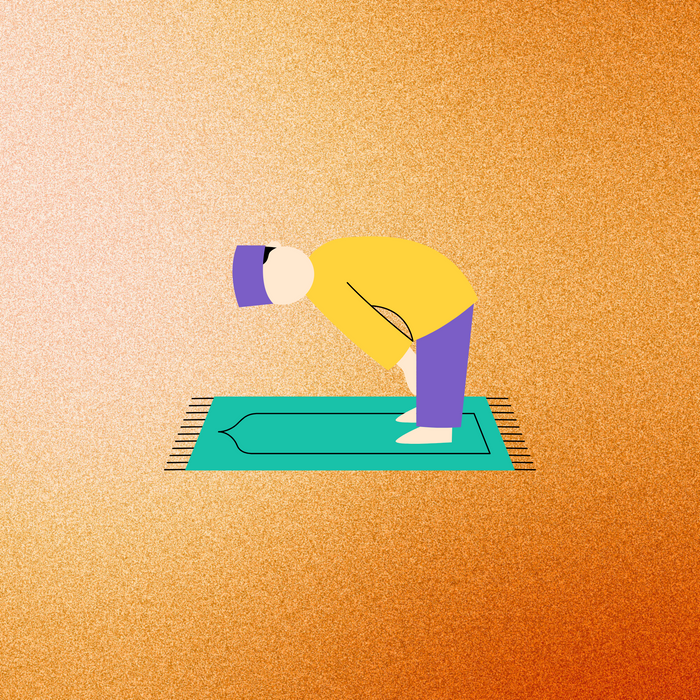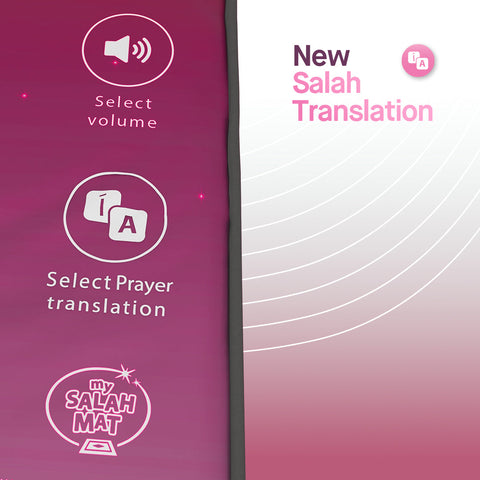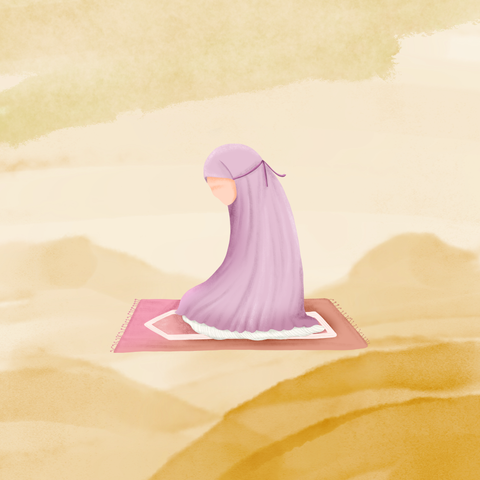How to Pray Maghrib – Step-by-Step with Video for Men and Women 2025

When the sun sets and the sky softens, the adhan for Maghrib echoes — calling us back to the One who gave us the day. Maghrib is the sunset prayer, a quiet pause between the noise of the day and the stillness of the night.
Whether you’re learning how to pray, supporting a loved one on their journey, or just refreshing your memory — this guide will walk you through how to pray Maghrib Salah, with clear steps and two helpful videos: one for men and one for women.
First, How Many Rak‘ahs Is Maghrib?
Maghrib consists of three Rak‘ahs (units of prayer):
-
The first two are prayed aloud
-
The final Rak‘ah is silent
This is what makes Maghrib unique — it bridges day and night, and is one of the five daily prayers every Muslim must perform.
Watch First: Step-by-Step Maghrib Prayer
👉 For Brothers:
👉 For Sisters:
A Quick Breakdown: How to Pray Maghrib
Each movement has meaning. Each word is worship. Here’s what happens in each Rak‘ah:
Before You Begin
-
Be in a state of Wudu (ablution)
-
Face the Qiblah (direction of the Ka‘bah)
-
Make intention in your heart to pray 3 Rak‘ahs of Maghrib
-
Say the opening Takbir: Allahu Akbar
First Rak‘ah (Aloud)
-
Recite Surah Al-Fatihah
-
Recite another short surah (e.g. Surah Ikhlas)
-
Go into Ruku (bow) and say Subhana Rabbiyal Adheem
-
Stand up: Sami‘ Allahu liman hamidah – Rabbana lakal hamd
-
Perform two sujoods, saying Subhana Rabbiyal A‘la
Second Rak‘ah (Aloud)
-
Repeat the same steps: Al-Fatihah + short surah
-
Ruku, stand, Sujood (2)
-
After the second Sujood, sit and recite the Tashahhud:
At-tahiyyatu lillahi... Allahumma salli ‘ala Muhammad... -
Stand for the third Rak‘ah
Third Rak‘ah (Silent)
-
Recite Al-Fatihah only
-
Ruku and Sujood (x2)
-
Sit again and recite:
-
Tashahhud
-
Salawat on the Prophet ﷺ
-
Optional du’a (e.g. Rabbana atina...)
-
-
End with Tasleem:
-
Turn head right: Assalamu Alaikum wa Rahmatullah
-
Then left: Assalamu Alaikum wa Rahmatullah
-
For Sisters: What’s Different?
While the words are the same, women’s prayer differs slightly in posture — based on modesty and Sunnah:
-
Arms are kept closer to the body
-
In sujood, elbows tucked in and body lowered more
-
In Ruku and Qiyam, stance is more compact
The video above demonstrates these variations clearly. Watching it before you begin will help you feel confident and comfortable, in shā’ Allāh.
After the Prayer – What Now?
Take a moment. Let your heart settle. Then:
-
Make Dhikr (e.g. SubhanAllah, Alhamdulillah, Allahu Akbar)
-
Make du’a — this is a blessed time to ask Allah for anything
-
Read a few lines from the Qur’an
-
Or simply whisper Alhamdulillah — you made it.
A Prayer That Marks the End — And a New Beginning
Maghrib is not just a sunset. It’s a spiritual checkpoint.
A chance to pause and say: “Ya Allah, You brought me through this day. I turn back to You before the night falls.”
Even if you’re tired. Even if you feel like a beginner.
Allah sees every effort — and every sujood brings you closer.
So take that step. Watch the video. Follow along. And just begin.
Because Maghrib isn’t about being perfect. It’s about showing up for the One who always shows up for you.















 Liquid error (snippets/@AlternatingContentX line 127): Could not find asset snippets/CustomTexts-.liquid
Liquid error (snippets/@AlternatingContentX line 127): Could not find asset snippets/CustomTexts-.liquid